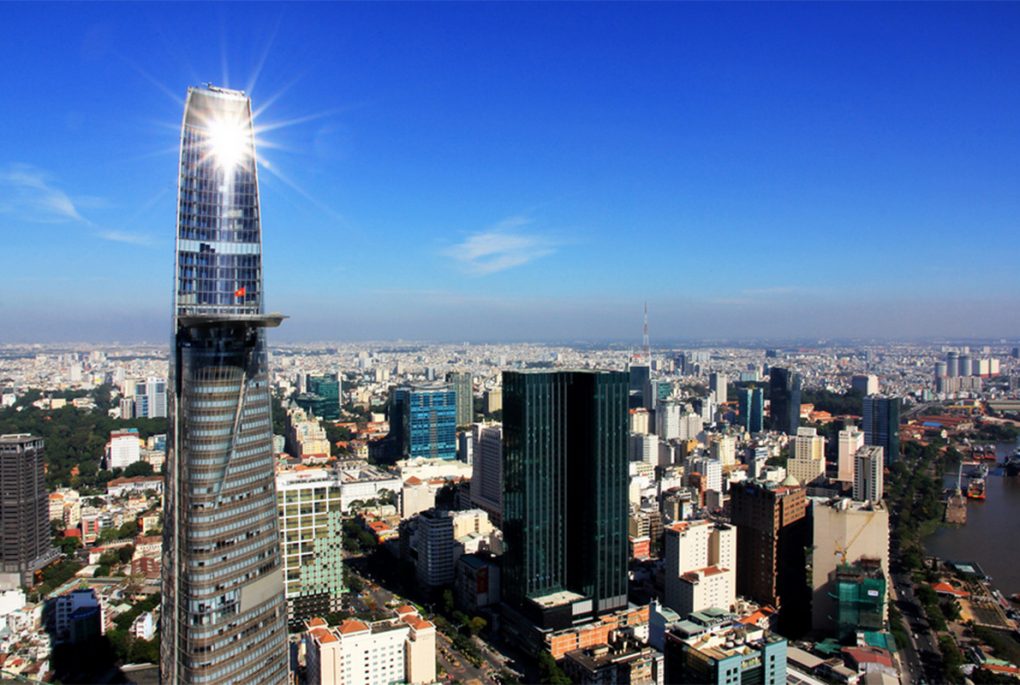Why is it attractive for foreign investors and why more and more production facilities are being relocated from China to Vietnam?

The country is developing
Previously, life in Vietnam was very quiet, but progress has brought about many changes in the country and also turned the city into a bustling urban center. Today, Vietnam is one of the fastest-growing countries in Southeast Asia.
What drives the economy in Vietnam and what are the future prospects?
The Vietnamese economy is dependent on manufacturing and exports. Coffee is the country’s main export product. With a growth rate of 2.8 to 3 percent for 2018, the country looks set to establish itself as the world’s second largest coffee exporter.
In addition, there are a large number of young, well-trained workers here – this enables the country to attract foreign investors who invest in the labor-intensive production of inexpensive goods such as furniture and clothing. This is also reflected in the gross domestic product: Vietnam achieved a GDP of 6.8 percent in 2017; a GDP growth of 6.5 to 6.7 percent is expected for 2018. According to the National Statistics Office, the GDP increased by around 7.4 percent in the first quarter of this year alone.
Why is Vietnam so attractive for foreign investors?
Labor costs are low and there are attractive state tax incentives. For these reasons, numerous foreign investors have already set up manufacturing plants in the many industrial parks in northern, central and southern Vietnam, including well-known brands such as Samsung, Nokia, Intel, Panasonic, and LG Electronics.
In addition, the government is making great efforts to attract more foreign capital into the country. In recent years, production facilities have increasingly been relocated from China to Vietnam. This trend is expected to continue as China is becoming more expensive and faces geopolitical problems.
What other factors make Vietnam an attractive market?
The Free Trade Agreement between Vietnam and the EU is expected to be signed by the end of the year. The EU is the country’s second largest export market, and therefore import and export volumes in business with the EU will increase from 2019 onwards. Another free trade agreement, the CPTPP, was signed in March 2018. For IDJ Group, this means more opportunities in the shipping routes of Canada and Latin America – and for customers a better connection for the transport of their goods.
[content_block id=4039 slug=posts-footer]





